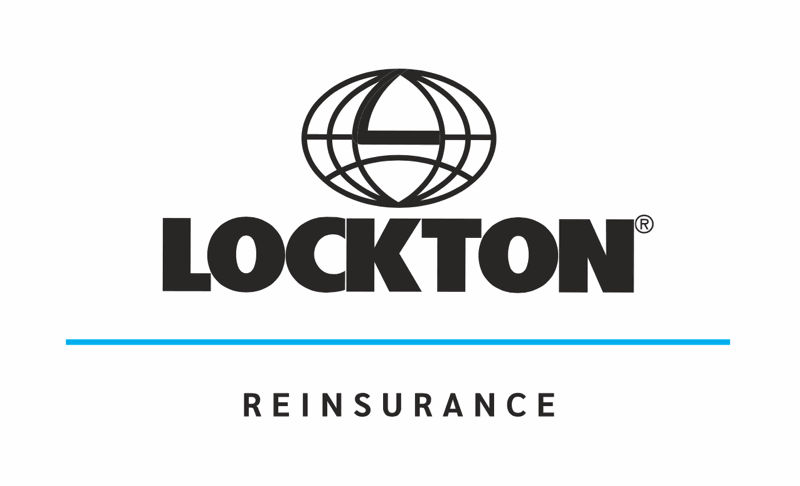Cyber reinsurance capacity grows by $250m amid 5-15% rate declines in H1’25: Lockton Re
- July 21, 2025
- Posted by: Taylor Mixides
- Category: Insurance

Lockton Re, a reinsurance broker specialising in cyber risk, has released its update on the cyber reinsurance market for the first half of 2025.
Their analysis reveals key trends and movements driven by shifts in pricing, capacity, and underwriting strategies shaping the evolving cyber insurance landscape.
Lockton Re reports that the direct cyber insurance market continues to experience a softening trend, with average premium reductions ranging between 5% and 15%, influenced by factors such as sector, geography, and loss history.
Some insured companies have opted to retain these savings, while others, particularly in the mid-market and large corporate sectors, have increased coverage limits using the premium reductions available.
The sharpest rate declines have been observed in the fiercely competitive mid-market segment, whereas regions with less developed cyber insurance uptake have seen more modest decreases due to limited competition and varying cybersecurity standards.
Citing data from the Council of Insurance Agents and Brokers (CIAB), Lockton Re notes that the US market is slightly ahead of international trends, where carriers remain engaged in competitive pricing to attract new and existing cyber insurance buyers.
The firm highlights a rise in first-time buyers outside the US, driven by greater awareness of cyber risk. Coverage has expanded as well, with some reductions in deductibles and broader protection for contingent business interruption, especially covering non-IT service providers.
Additional extensions for reputational harm and regulatory response are increasingly common, reflecting Lockton Re’s observation that the market is moving towards more modular, tailored products aligned with the complex cyber risk landscape.
Lockton Re points out that certain higher-risk sectors, such as public healthcare, are now being underwritten more frequently, although reinsurers maintain strict underwriting standards.
Essential controls like multi-factor authentication for remote access and offline backups remain key criteria to protect portfolios. Recent data from AM Best, referenced by Lockton Re, shows a slight decline in US domestic cyber direct premiums written, alongside a loss ratio increase of over seven points, reaching nearly 49% in 2024. These figures exclude non-US carriers, such as Lloyd’s syndicates writing US business, an important consideration in understanding the full market.
The first half of 2025 also saw continued growth in cyber reinsurance capacity. Lockton Re estimates approximately $250 million in new capacity has entered the market, primarily in non-proportional placements.
This includes new market entrants with fresh capital as well as established players expanding into cyber risk. With this increased capacity, cedants have greater negotiating power and are more selective, with some retaining additional risk where loss experience has improved or choosing not to renew less valuable layers.
Lockton Re identifies a clear divergence in reinsurer strategy: some are focusing on margin protection through tighter underwriting and terms, while others aim for growth through volume, accepting narrower margins.
Systemic risk remains a primary concern, especially due to the concentration of exposure around major technology vendors, with ongoing uncertainty about tail risk developments. Data quality continues to be a challenge, but Lockton Re acknowledges that the buyer’s market limits reinsurers’ ability to demand better underwriting information when buyers have multiple options.
Overall, Lockton Re’s analysis concludes that the cyber reinsurance market in 2025 is characterised by increased capacity and evolving market dynamics. Although profitability remains positive, margins are tightening amid falling rates, broader coverage terms, and more competitive contract conditions.
Non-proportional structures—particularly higher Excess of Loss layers—continue to offer the best profitability, while proportional treaties face upward pressure on ceding commissions. The market is at a critical juncture, balancing underwriting discipline with rising buyer leverage and volatility, a situation Lockton Re will continue to monitor closely.
This website states: The content on this site is sourced from the internet. If there is any infringement, please contact us and we will handle it promptly.



